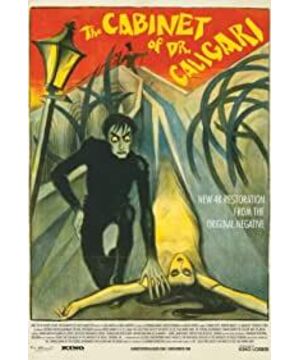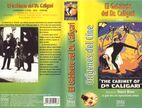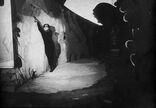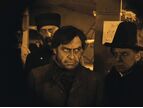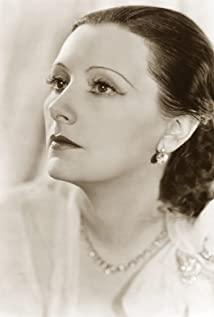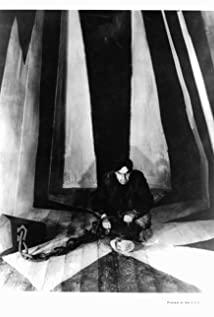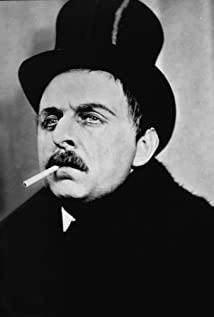Since Mary Shelley published the gothic science fiction "Frankenstein" in 1818, "mad scientist" seems to have gradually become a specific image in film, television and literature. From 1910 to the present, there have been too many adaptations of Frankenstein, among which the most well-known version is the 1931 version of Frankenstein directed by James Whale.
At this point in time, it is reminiscent of April 1915, when the German army released 160 tons of chlorine gas on a large scale for the first time in the Battle of Ypres, Belgium. Since then, biological and chemical weapons have been used extensively in World War I. After a series of inhumane gas wars, the 1925 Geneva Accords reaffirmed the prohibition of gas.
After the devastation of World War I, Europe in the 1920s began to question rationality and authority. The "mad scientist" as a particular character in the narrative is combined with the ethical anxieties about the use of technology in the shadow of World War I.
In the weird German expressionist film "Dr. Caligari's Cabin" in 1920, Dr. Caligari and his imitator (the psychiatrist), in addition to the integration of "mad scientist" elements and the shadow of the First World War, are also not lacking. A shadow of Freud's psychoanalysis. The 1931 edition of Frankenstein and the 1935 edition of Victor Frankenstein continued to portray the anti-ethical scientist. The film "Dr. Incarnate", adapted from the 1886 novel of the same name, was also released in 1931. During this period, there were indeed many real scientists who could be used as the prototype of "mad/evil scientists", such as Fritz Haber, a German who participated in the research on poison gas after winning the Nobel Prize in Chemistry in 1918.
The larger-scale casualties, the use of nuclear weapons, and human experiments in World War II led to deeper fears and concerns about science among ordinary people. In 1986, the American thrash metal band Super Killer composed a song called "Angel of Death" based on the notorious Joseph Mengele, who carried out extensive human experiments during World War II.
A survey of a thousand horror movies from the 1930s to the 1980s showed that in 30% of the films, a mad scientist or a scientist's invention acted as the film's villain; in 39% of the films, scientific research created a threat; in 11% of the films In the movies, scientists are heroes. (Christopher Frayling, New Scientist, 24 September 2005.) This partly reflects the prevalence and popularity of the "mad scientist" image.
In addition to the continuous discussion of science and technology and ethical propositions, does the development of the image of "mad scientists" also reflect some of the rational abuse of power caused by the supremacy of rationality after the Enlightenment, and the irrationality behind the "instrumental rationality" that blindly pursues control and power Conscious/unconscious fear? I haven't looked into it in particular.
View more about The Cabinet of Dr. Caligari reviews


